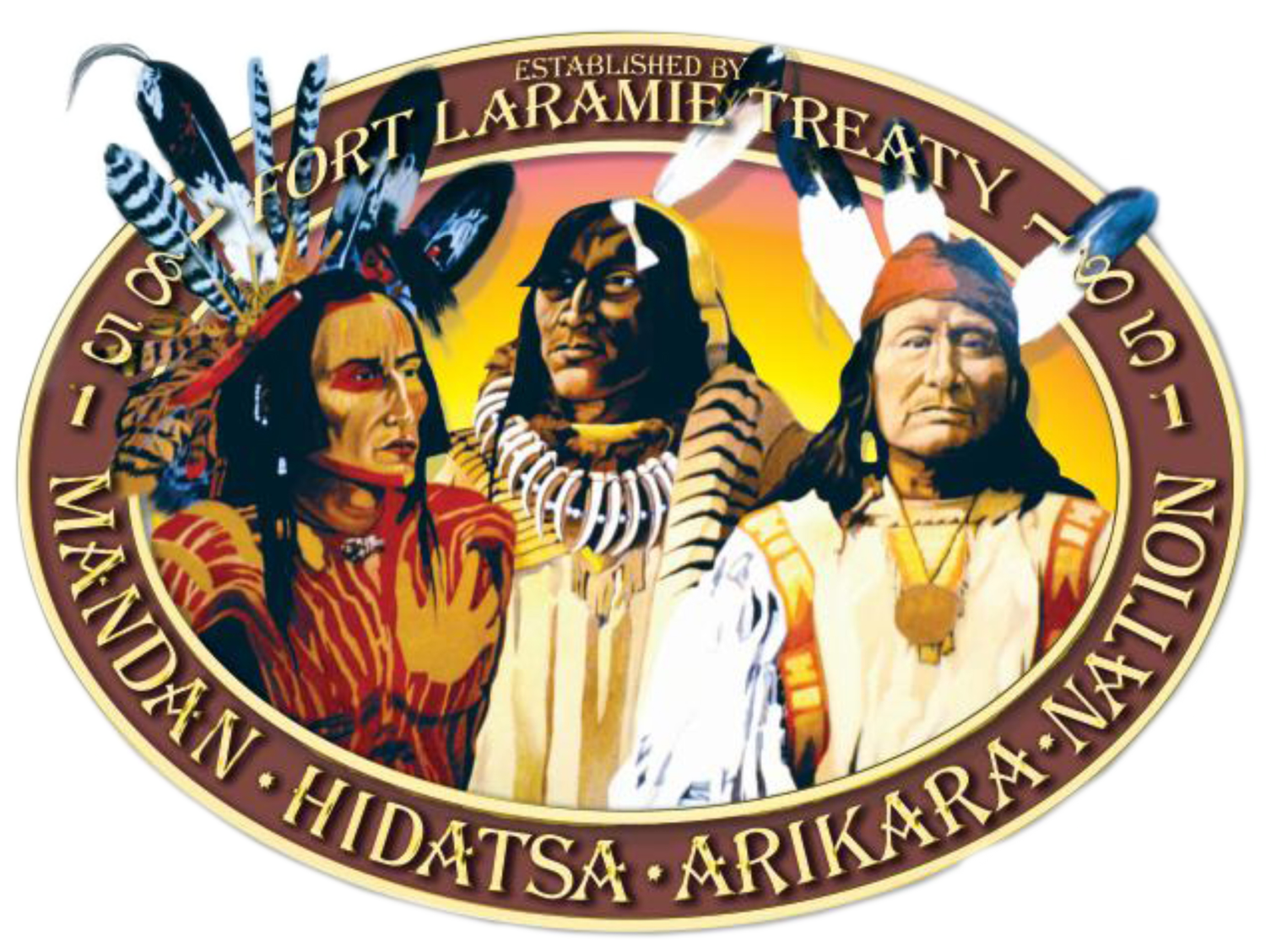History for the Mandan, Hidatsa and Arikara
Reprinted from https://www.mhanation.com/history
1900s
At the turn of the century, Indian lands were a primary focus of government interest. It was evident to the white man that the Indians had too much land. Continuous pressure was brought to bear on Congress and the Federal Government by many outside interests. Through the successive allotment acts, and encroachment, Indian lands were being lost at a phenomenal rate. Jurisdiction over Indian lands continued to be the responsibility of the Bureau of Indian Affairs, but seemed likely to disappear as the Indians became independent landowners when they received patents and ownership of their own lands. It was the Indian Bureau's idea of ending the task of administering Indian lands by allowing their lands to be transferred to whites. In the 1901 Annual Report of the Indian Commissioner, Agent Richards stated that the annuities had expired and the agency would have to operate on the saving from the ten installments they had received since 1891. The agent thought they could sell a strip of land twelve miles wide on the north side of the reservation. A special agent later that year suggested selling off 200,000 acres on the west side.
Congress passed a law on March 3, 1901 to provide employment of a number of special agents to visit Indian reservations and negotiate for the sale of 'surplus' lands. James McLaughlin, veteran agent with many tribes, arrived at Fort Berthold in June, 1902. He proposed that the Mandan, Hidatsa and Sahnish sell about 315,000 acres of their land. They opposed. Upon reaching an agreement, the tribes agreed to sell 208,000 acres at $1.25 per acre, to build a fence, and to purchase bulls, mares, mowing machines, and rakes. The remaining funds were to be distributed equally to each individual. For unknown reasons, this proposal submitted to Congress was never ratified. A bill was introduced to effect the opening of the reservation land. The tribes objected because the government failed to hold a council with them and get their consent to the proposed legislation. The Act of June 1, 1910, provided for the outright cession of thirteen full and eight fractional townships and the rest of the reservation north and east of the Missouri except for allotments made to individuals. Certain lands were also reserved for agency, school, and mission purposes on the left bank of the river, and provision was also made for the protection of the site of Like-a-Fishhook Village. Allotments of 160 acres of agricultural land or 320 acres of grazing land were to be made to every member of the Tribes, over and above all previous allotments. Individuals were to receive a sum equal to the appraised value, not a flat sum as proposed. Although this represented a victory for the Indians, not all were satisfied. The reservation was becoming a narrow strip on both sides of the Missouri. More land went out of Indian ownership.
Reprinted from https://www.mhanation.com/

